Everyone makes mistakes, and you will, too, but that doesn’t mean you can’t improve your decision-making skills. In this engaging text, management consultant Marce Fernández explains how to follow “clues” which point to smart choices and avoid falling prey to your biases. Some decisions, like what to order for lunch, are not important; but big decisions that go wrong can hurt or kill your career or your company. Think of the record executive at Decca Records who passed on signing The Beatles in 1962 or the Excite.com decision makers who decided not to buy Google for $750,000.You can do better – learn how.
Extensive research addresses general decision-making, but not managerial decisions.
Managers make mistakes. Sometimes these errors in decision-making are huge, company-killing, career-destroying mistakes. Other times, incorrect decisions are small-scale – mere daily operational errors.
Researchers have exhaustively studied decision-making and decision theories, but few of their formal findings relate directly to making managerial-level decisions inside a corporation. Additionally, those who study decision-making find that people are reluctant to admit their mistakes, so the lessons learned from trial and error do not always emerge.
Cognitive biases exacerbate faulty decision making.
University of Manchester senior decision-systems lecturer Nadia Papamichail notes that cognitive biases, including egocentric bias and confirmation bias, aggravate poor decision-making.
Egocentric bias is people’s tendency to view their own actions and decisions from a selfish perspective. Confirmation bias is the tendency to see evidence that confirms your choices and...



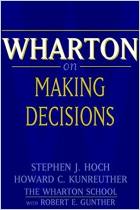
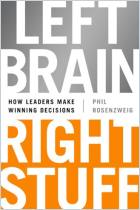
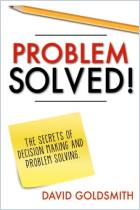
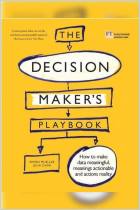
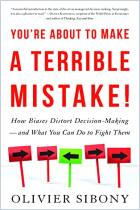
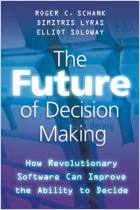


Comment on this summary